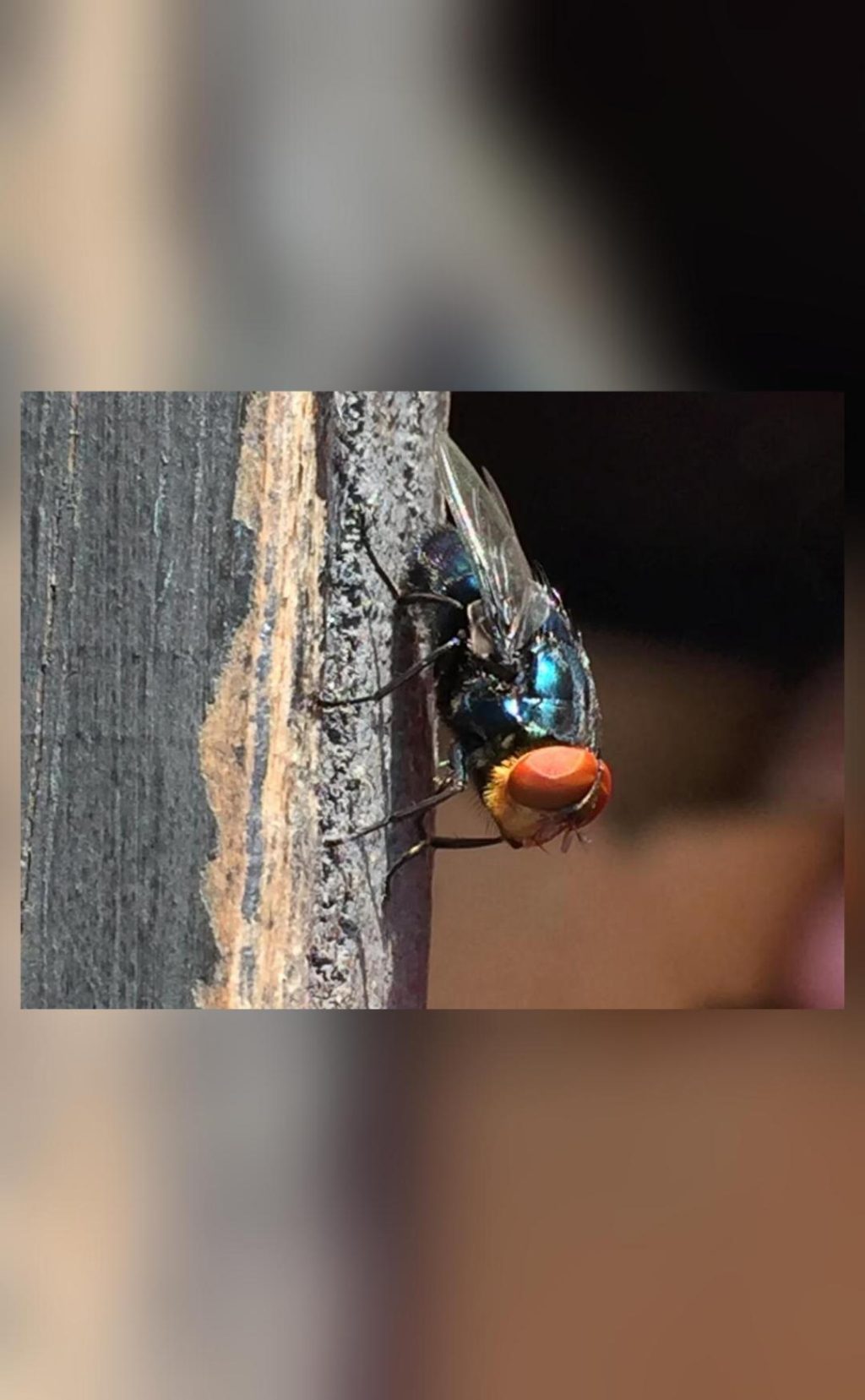
Why is US planning to breed screwworm flies & dump them from planes over Mexico?
In a bizarre move, the US government is planning to breed billions of male screw-worm flies and dump them from planes over Mexico and southern Texas to protect its beef industry from the flesh-eating larvae of the New World screwworm fly. This unusual measure is aimed at eradicating the pest that threatens the livelihood of cattle farmers and ranchers in the region.
The New World screwworm fly is a parasitic insect that lays its eggs in the wounds or orifices of warm-blooded animals, including livestock and humans. The larvae that emerge from these eggs feed on the flesh of the host, causing significant damage and even death in severe cases. The screwworm fly is endemic to the Americas, and its presence has significant economic and public health implications.
The US Department of Agriculture (USDA) has been working on a plan to control the screwworm fly population using a novel approach. The plan involves breeding billions of male screw-worm flies, sterilizing them with radiation, and then releasing them over Mexico and southern Texas. The idea is that the sterilized male flies will mate with the female flies, causing the population to die out over time.
The process of breeding and sterilizing the flies is complex and requires specialized facilities. The male flies are bred in large quantities and then subjected to a process called gamma radiation, which renders them sterile. The sterilized flies are then packaged in special containers and transported to the release sites.
Once released, the male flies will mate with the female flies, which will not produce viable offspring due to the lack of sperm. Over time, the female fly population will decline, and the screwworm fly population will eventually die out. The USDA estimates that it will take several years for the population to decline significantly, but the long-term goal is to eradicate the pest altogether.
The decision to breed and release sterilized screw-worm flies is not without controversy. Some experts have raised concerns about the potential environmental impact of releasing billions of flies into the wild. Others have expressed concerns about the cost and feasibility of the program, which is expected to cost millions of dollars.
Despite these concerns, the USDA is moving forward with the plan, which has been in the works for several years. The agency has already begun breeding the flies and plans to start releasing them in the coming months. The release of the flies will be carried out in collaboration with the Mexican government, which has also been affected by the screwworm fly infestation.
The screwworm fly infestation is not limited to the US-Mexico border region. The pest is found throughout the Americas, and its presence has significant economic and public health implications. In addition to livestock, the screwworm fly can also infest humans, particularly in areas where there is poor hygiene and sanitation.
The USDA’s plan to breed and release sterilized screw-worm flies is just one part of a broader effort to control the screwworm fly population. The agency is also working to improve surveillance and detection of the pest, as well as developing new treatments and control methods.
In conclusion, the US government’s plan to breed screwworm flies and dump them from planes over Mexico and southern Texas is a bold and innovative approach to controlling the screwworm fly population. While there are concerns about the potential environmental impact and cost of the program, the long-term benefits of eradicating the pest are significant. The USDA’s plan is just one part of a broader effort to protect the beef industry and public health from the threat of the screwworm fly.



